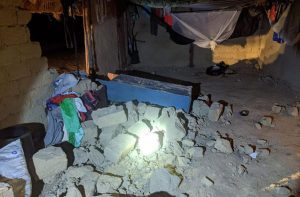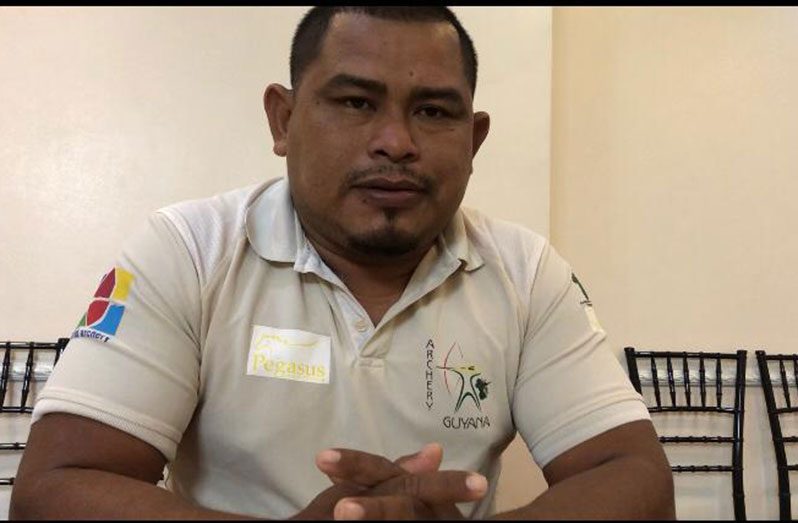— residents concerned, though assured occurrence is ‘normal’
THOUGH it has been about three weeks since a 5.7 magnitude earthquake struck Guyana and was felt across the country and in parts of Brazil, tremors are still ‘rumbling’ in Region Nine and causing concerns with the residents there.
The recent earthquake struck Guyana on January 31 and its epicentre was reportedly somewhere in the South Rupununi area of Region Nine (Upper Essequibo- Upper Takutu). While it was felt for a few seconds in most places across the country, those persons in the South and Deep South Rupununi communities of Aishalton, Katoonarib and Sawariwau felt it for much longer.

The Guyana Chronicle understands that tremors have not ceased since. The most recent tremor, reportedly, occurred on Wednesday night.
“I was resting in my room after reading and I heard one loud rumbling (on Wednesday night),” Larry Johnson, a resident of Katoonarib, told this newspaper. According to him, it sounded as though a large stone was thrown on his roof and that stone was tumbling down.
Meanwhile, Johnson explained that many of the villagers are living in a state of perpetual concern since these tremors have not ceased, albeit their frequency and intensity have been decreasing. In fact, following the tremor on Wednesday night, Johnson highlighted that some of the villagers went into a prayer meeting.
Community Development Officer in Aishalton, Manley Thomas, also told the Guyana Chronicle that these tremors that continue are still a cause for concern to many persons in the community.
Importantly, he said that these tremors are a constant reminder of the earthquake that struck the South Rupununi area at the end of January. Manley and his family were engaged in various activities on that Sunday afternoon, when the earthquake struck, and they were all rattled.
“I saw the house give a little motion, the tree swaying… my wife screamed and ran out the house,” Manley recalled, adding: “(The earthquake) happened close to a minute and when I looked around the neighbourhood, I saw people screaming, running out of their homes.”
In an interview with this newspaper, following the earthquake, Research Fellow at the University of the West Indies (UWI)’s Seismic Research Centre, Lloyd Lynch, said that the occurrence of such tremors after an earthquake is normal.
In simple terms, an earthquake is caused by sudden movement of the material that makes up the earth’s crust. The shaking that is felt is caused by the energy that is released in waves which travel through this crust following a sudden release of ‘stress’ caused by the continuous movements of the earth’s tectonic plates (which are pieces of the earth’s crust).
Sometimes, a rupture is not complete following the earthquake, Lynch said, adding that the area experiencing the ‘stress’ would have some aftershocks (the tremors) spreading throughout the space. It is common for these aftershocks to gradually abate. Lynch, however, noted that the gradual decline is not an absolute occurrence; it is possible for the tremors to become stronger.
Following the earthquake, a local team visited the Deep South communities on a fact-finding mission. During that visit, Geologist Leandro Pires also highlighted that the aftershocks were a common occurrence.
“It is supposed to happen for another couple of weeks, and then after that, it should finish. It is a very rare event for an earthquake to happen inside a stable plate like where the whole of South America is located, except for the Andes Mountains,” the geologist said.
Thomas, who has been travelling to Katoonarib and Sawairaru often, noted that despite the reassurance given by the local team, residents still have concerns.
“They just have this fear that despite the scientific perspective, they have these questions about whether it will happen again,” Manley highlighted. He advocated for a communications plan to be crafted to educate Indigenous Peoples on how they can prepare for and deal with natural disasters.




.png)









